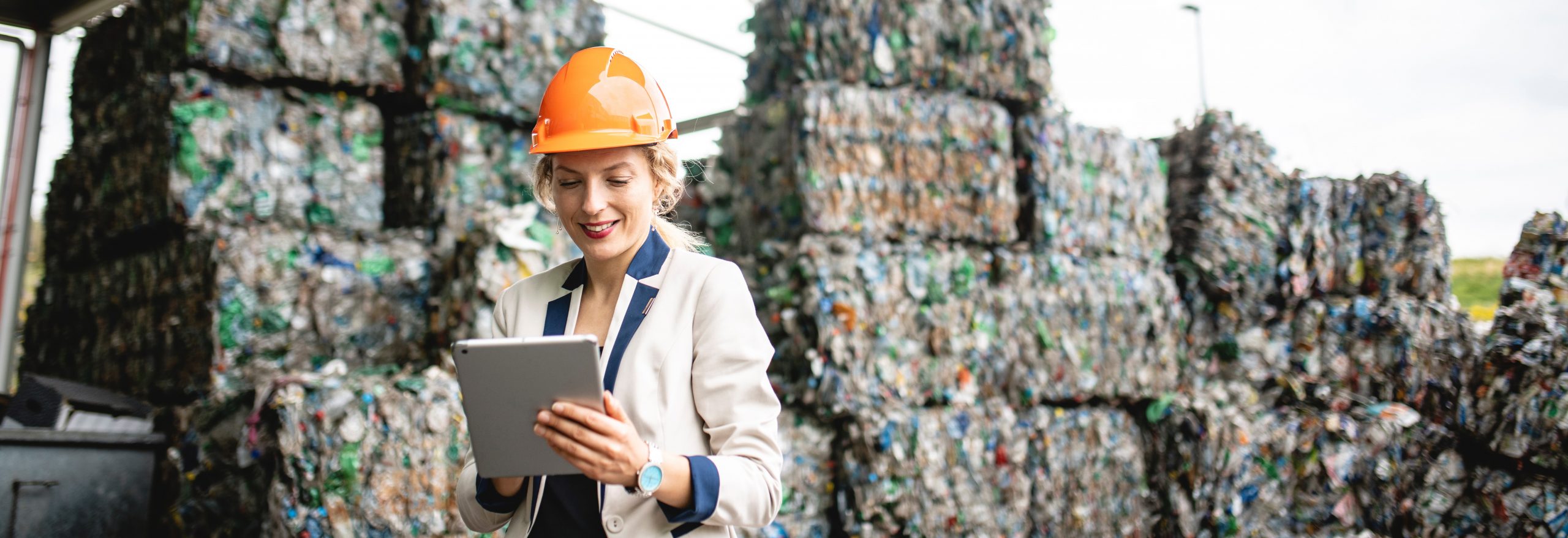How invisible barcodes can lead to visible improvements in recycling
May 10, 2021
In order to support the transition to a circular economy, more and more companies are setting sustainability goals and re-evaluating packaging portfolios to identify opportunities for reduction, reuse and recycling. When going through this process, it’s important to recognize that there are barriers to improving recycling outcomes, including outdated technology at material recycling facilities (MRFs) and consumer confusion or “wishful recycling” which can result in the wrong materials ending up in the recycling stream.
To help solve this, there are many innovative technologies that companies can take advantage of to improve environmental outcomes and achieve sustainability goals.
About Digimarc
Founded in 1990, Digimarc is a global organization that specializes in identification technology including products and services for packaging, documents, fabrics, audio and more. Of particular interest to retailers is their invisible barcode technology for packaging, which can help improve recycling outcomes.
How it works
An invisible barcode is printed on a label or embedded directly into the packaging (e.g., clear plastic) in the form of a microscopic pattern. As the packaging goes through the MRF, software detects the invisible barcode and sorts materials based on product and packaging information (e.g., material type, what was in the package – food, cleaning solutions, etc.).
Barcodes can be repeated across the surface of the product to ensure it is detectable even if the product is damaged or facing a certain way as it goes through the MRF.
Ultimately, this makes sorting more accurate, reduces contamination, and increases the quality and amount of material for post-consumer recycled content applications. In Canada, it can be challenging to access food-grade recycled content so innovative technologies like this could help to increase material availability.
To see how it works in practice, check out this BBC video.
Other benefits
- Consumers can scan the packaging at home with their smartphone to help them identify the best way to dispose of the packaging (e.g., recycle, garbage, do certain parts need to be separated, etc.). This offers companies a more interactive way to educate and engage with customers.
- Speeds up the checkout process in stores because customers and employees don’t have to look for the barcode on the packaging.
- Barcode is invisible which frees up space for branding/marketing content.
Pilot projects and tech roll-out
Within the EU, Digimarc is part of the HolyGrail 2.0 initiative to “prove the viability of digital watermarking technologies for accurate sorting and the business case at large scale.” The 2.0 initiative started in 2020 and is facilitated by AIM, the European Brands Association. It includes stakeholders from across the entire value chain, including retailers, manufacturers, recyclers and more. An overview of the initiative can be found here.
Digimarc is also a member of the U.S. Plastics Pact and is looking for further opportunities to roll-out its technology to better support a circular economy.
Additional resources
- Digimarc’s website (includes information on products, partners, the history of the company, and more)
- Digimarc brief

